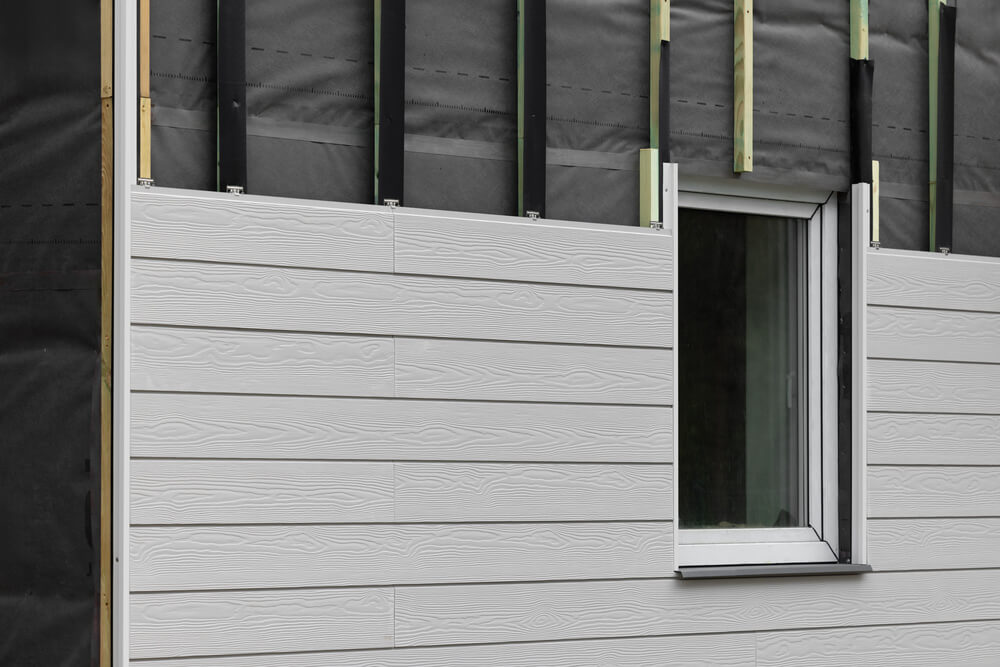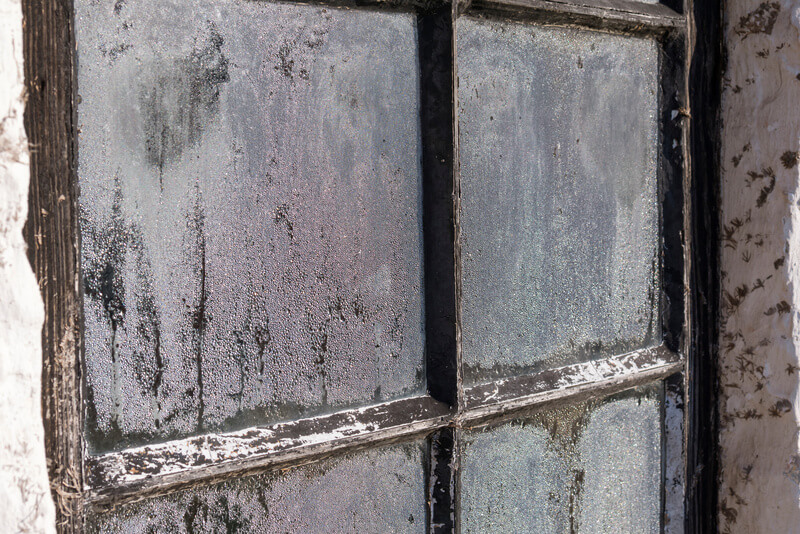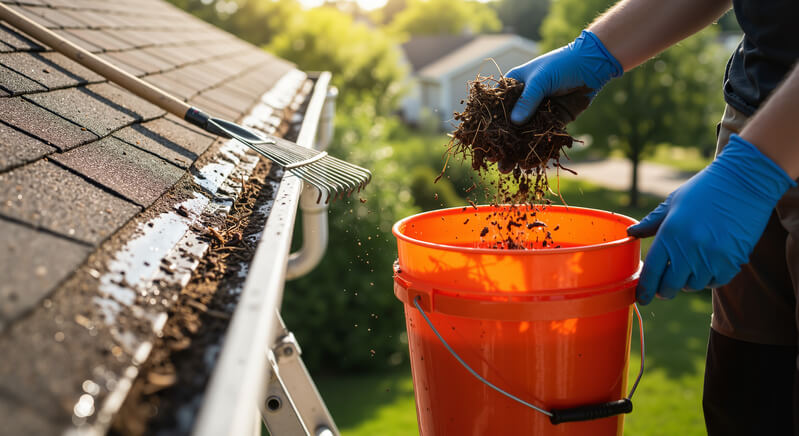As the crisp air of late fall settles over St. Charles, it’s the perfect time to start your siding winter preparation and make sure your home’s exterior is ready for another Midwest winter. Between snow, ice, freezing temperatures, and high winds, your siding plays a major role in keeping your home warm, dry, and energy efficient. Even small cracks or moisture spots can quickly turn into costly repairs once temperatures drop.
At M&M Home Remodeling Services, we’ve helped St. Charles homeowners protect their homes for more than 48 years. Our team understands how harsh winter weather can impact siding materials—and how early attention can make all the difference.
Key Takeaways
- Inspecting siding before winter helps prevent damage from cold air, moisture, and freeze-thaw cycles common in St. Charles.
- Peeling paint, warping panels, and gaps around windows show early signs of siding wear that need prompt attention.
- Regular cleaning, sealing, and gutter care reduce mold, mildew, and ice buildup while improving energy efficiency.
- Upgrading to fiber cement or insulated vinyl siding ensures lasting protection, curb appeal, and comfort through harsh winters.
Signs Your Siding May Not Be Ready for a St. Charles Winter
Even small imperfections in your siding panels can let cold air, moisture, and melting snow seep in once temperatures drop. Recognizing these early warning signs can help prevent further damage and keep your home protected throughout the winter months.
Fading, Warping, or Cracking Panels
When winter rolls into St. Charles, cold weather and freezing conditions can take a toll on aging siding panels. If you notice warping or cracking, your home’s exterior could be exposed to moisture damage as cold air infiltrates and warm air escapes.
Over time, this can lead to higher energy bills and more extensive repairs.
Among different siding materials, fiber cement siding stands out as a durable choice that resists expansion and contraction better than vinyl siding or wood siding. This makes it ideal for homes in the Fox Valley region, where freeze-thaw cycles are common.
Peeling Paint or Bubbling Surfaces
Peeling paint and bubbling on exterior walls often indicate trapped moisture—a common issue after snow buildup and ice begin melting around the foundation. The result is typically mildew growth or mold growth, both of which compromise your home’s insulation and comfort.
Gaps Around Windows and Doors
Small gaps around windows and doors are more than a cosmetic issue.
During harsh weather and extreme cold, they allow drafts inside and cause heat loss from your home. For older homes, upgrading to insulated vinyl siding offers better insulation against winter elements and helps control energy costs when heating systems work overtime.
Mold, Mildew, or Dark Streaks
Mold growth and mildew often appear on siding that stays damp from snow buildup or melted snow. In shaded St. Charles neighborhoods, limited sunlight and constant freeze-thaw cycles can worsen the issue. Ignoring these signs could lead to hidden siding damage that impacts your home’s energy efficiency.
Loose or Missing Siding Panels
Loose panels or missing sections leave your home vulnerable to cold temperatures and winter storms. In windy areas near the Fox River, high winds can pull away weakened siding material, sometimes even contributing to a leaky roof. Before winter arrives, a professional inspection helps ensure your exterior is winter-proof and ready for any storm.
How to Strengthen and Protect Your Siding Before Winter Hits
Before the first freeze, St. Charles homeowners can take these practical steps to keep siding in top shape during the cold season.
Schedule a Thorough Siding Inspection
A thorough inspection is the cornerstone of effective siding winter preparation. During this process, our team checks for signs of damaged siding, moisture intrusion, and insulation gaps that may reduce your home’s energy efficiency.
Clean and Clear Your Home’s Exterior
Keeping your siding free from accumulated dirt and debris prevents long-term moisture issues. Use a soft brush or pressure washer to remove dirt. Cleaning also boosts curb appeal and reduces the risk of mold growth.
Check Your Gutters and Downspouts
Clear your gutters to prevent overflow and ice buildup. Removing leaves, ensuring proper drainage, and installing gutter guards help melted snow move away from the home and reduce the risk of ice dams and siding damage.
Seal Gaps and Improve Insulation
Seal gaps around outdoor faucets and door frames to prevent drafts.
Proper insulation keeps warm air in and cold air out, improving comfort and lowering energy costs. For homes prone to drafts, properly insulated fiber cement or insulated vinyl siding adds strength against extreme temperatures.
Upgrade to Weather-Resistant Materials
When existing siding can no longer be repaired, upgrading to durable siding materials like fiber cement or aluminum siding options can help. These options withstand moisture, extreme cold, and frequent freeze-thaw cycles better than other siding materials.
With proper installation, new siding strengthens your home’s insulation, enhances curb appeal, and stands strong against severe weather, including winter storms.
Get Your Home Ready for the Cold Season
Proactive winter siding preparation prevents further damage and supports lasting energy efficiency. At M&M Home Remodeling Services, our St. Charles team provides expert siding inspection, repair, replacement, and maintenance solutions that keep your home safe through every winter season. Backed by our Peace of Mind Proven Process, we deliver reliable results even in harsh winter weather.
Don’t wait until freezing temperatures or ice buildup take their toll.
Call (708) 756-7800 today to schedule your free estimate and make sure your home is ready for whatever the cold weather brings.
Frequently Asked Questions
How can homeowners tell when fiber cement siding stands up better than other materials during freeze-thaw cycles?
Fiber cement siding stands strong against freeze-thaw cycles because it resists cracking and shrinking in cold temperatures. It maintains structural stability, unlike vinyl, reducing repair needs and ensuring lasting protection through snow and ice exposure.
What should be done if damaged siding appears during extremely cold temperatures?
When damaged siding surfaces during cold temperatures, a professional inspection is essential to prevent deeper moisture infiltration. Timely repairs preserve insulation, prevent energy loss, and prepare the exterior for upcoming winter storms or continued freezing conditions.
How do winter siding maintenance tips help reduce risks related to natural disasters?
Effective winter siding maintenance tips, such as clearing clogged gutters and inspecting fasteners, strengthen exterior walls before severe storms. Proper upkeep prevents wind damage and ensures siding durability during extreme Midwest events or seasonal natural disasters.
Why should exterior faucets be checked along with siding before winter?
Inspecting exterior faucets helps prevent freezing pipes and hidden leaks that can saturate walls. Proper maintenance, unlike wood-based exteriors, ensures siding materials remain intact and resist moisture damage during the harsh cold months.





